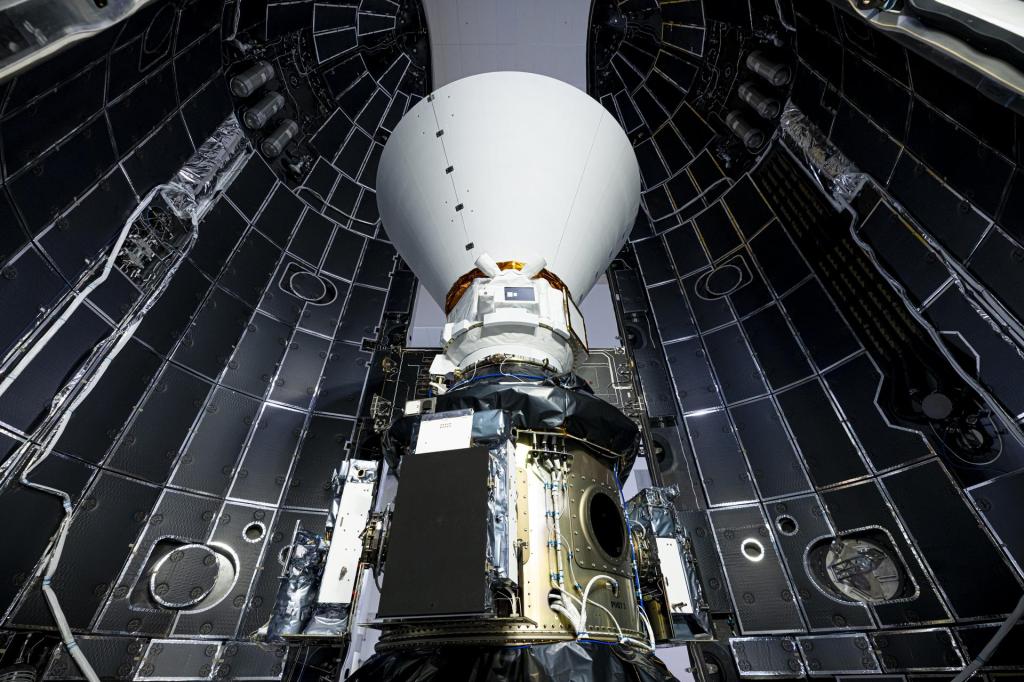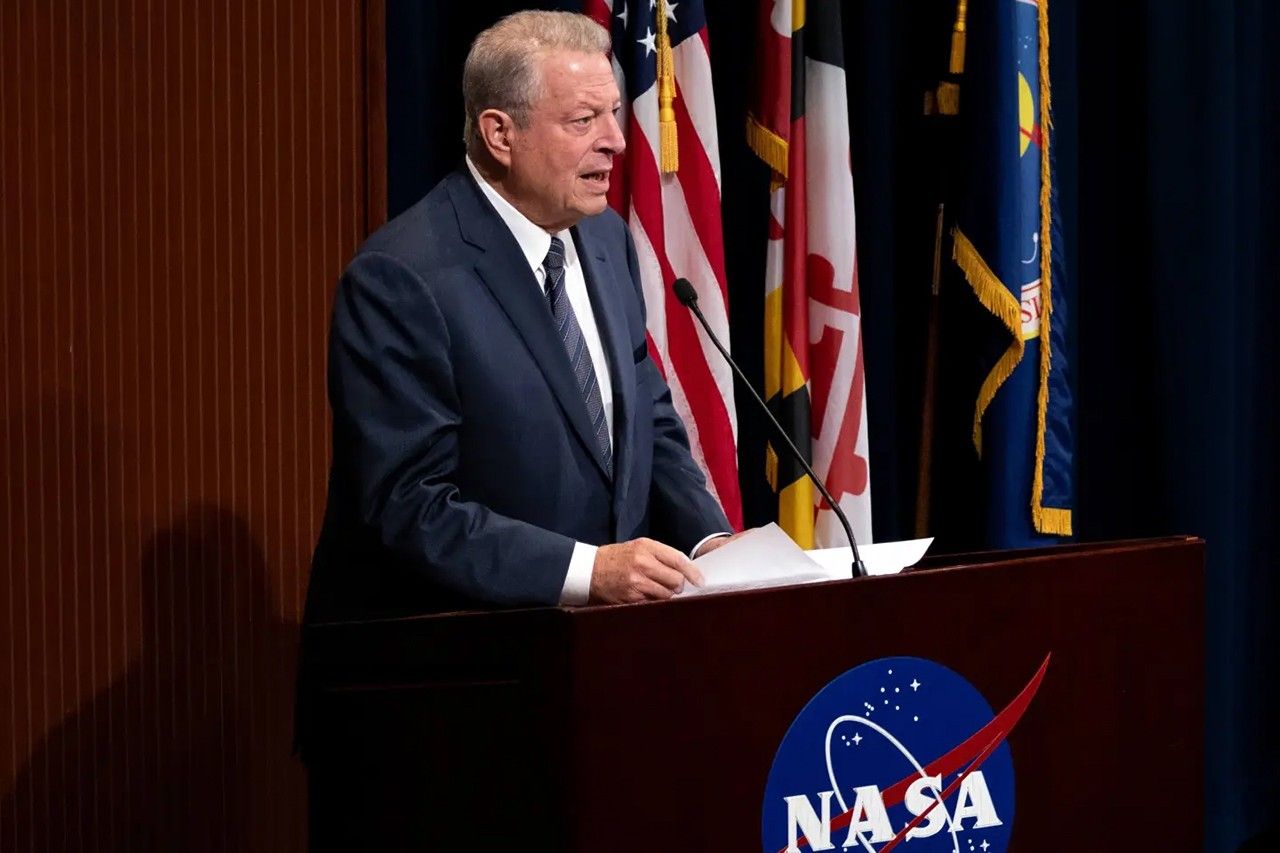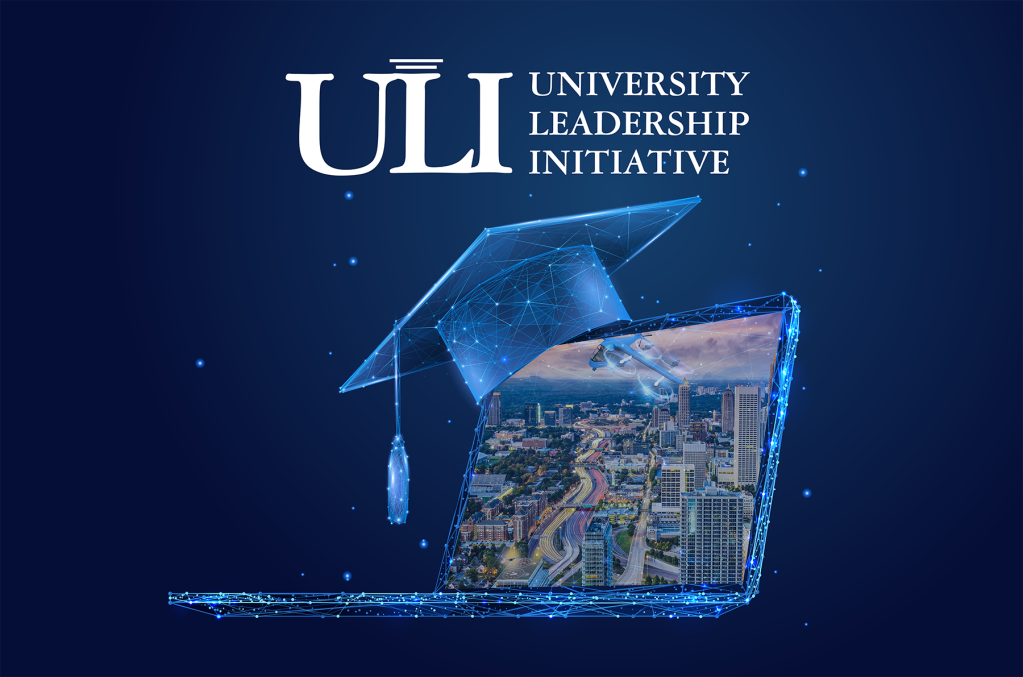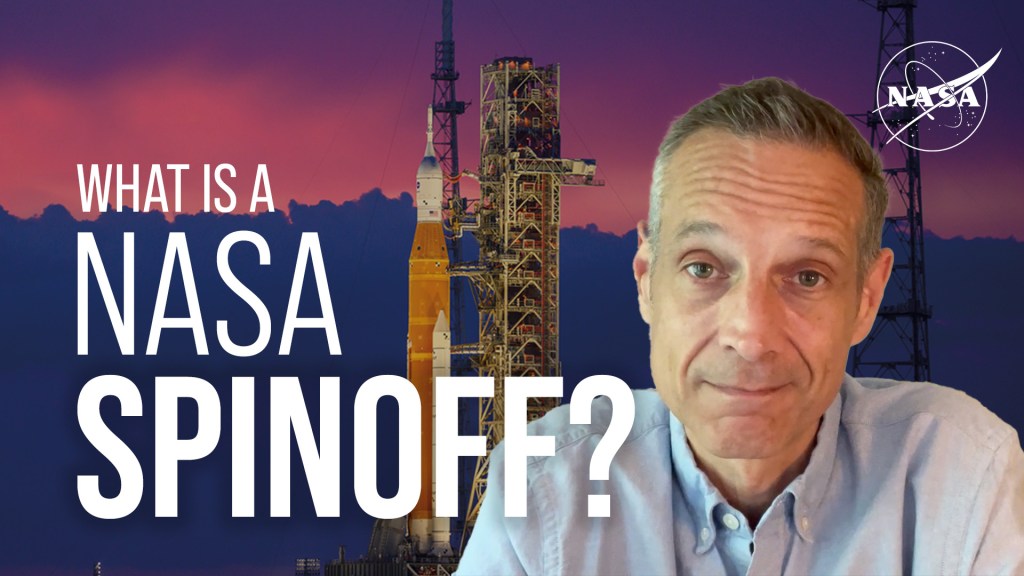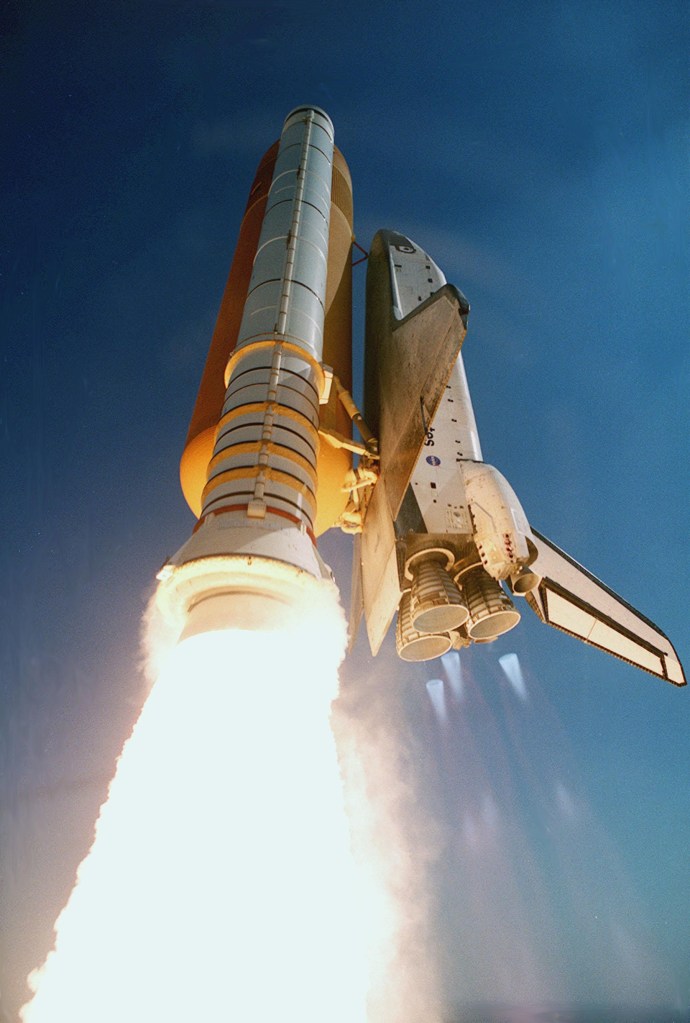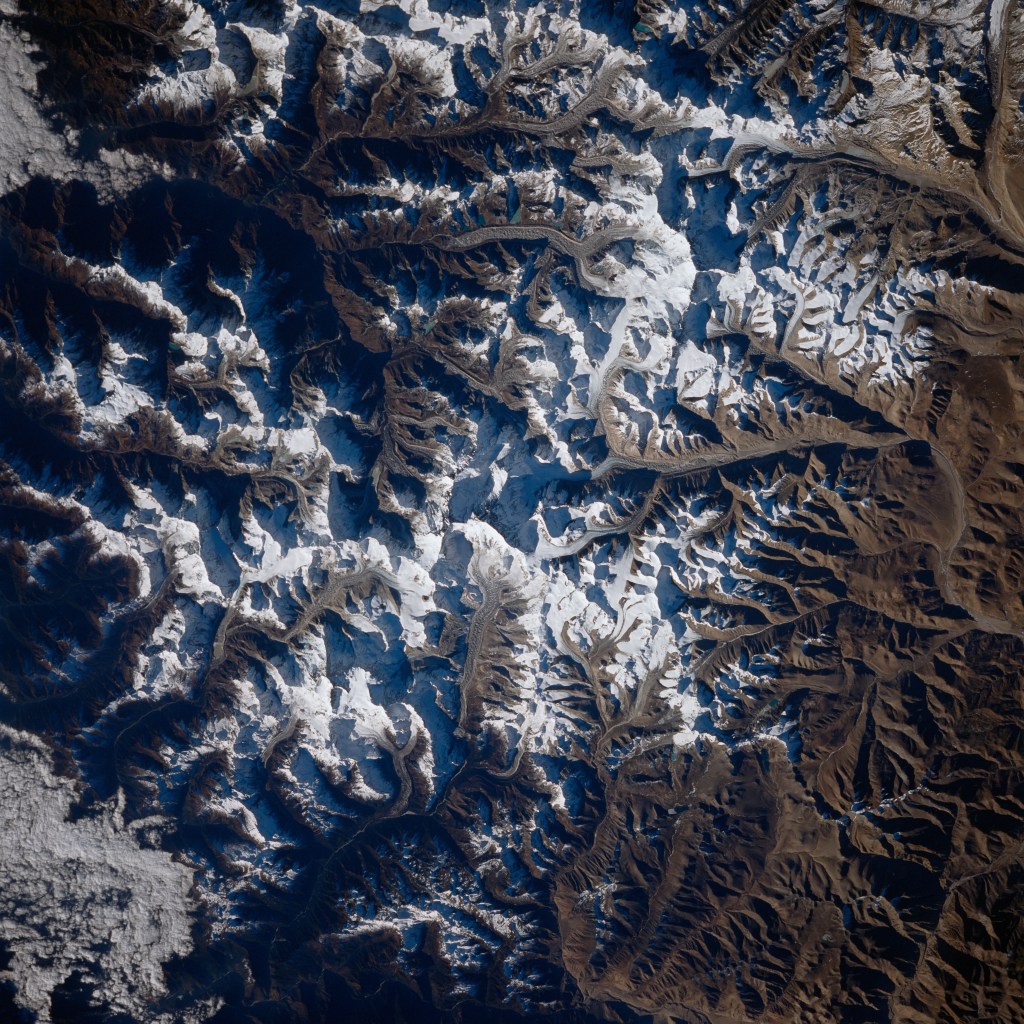
STS-72
First shuttle flight of 1996 highlighted by retrieval of a Japanese satellite, deployment and retrieval of a NASA science payload, and two spacewalks.
orbiter
mission duration
Launch
Landing

STS-72 Mission Facts
Mission: SFU; OAST-Flyer
Space Shuttle: Endeavour
Launch Pad: 39B
Launched: January 11, 1996, 4:41:00 a.m. EST
Landing Site: Kennedy Space Center, Florida
Landing: January 20, 1996, 2:41:41 a.m. EST
Runway: 15
Rollout Distance: 8,770 feet
Rollout Time: 66 seconds
Revolution: 142
Mission Duration: 8 days, 22 hours, 1 minute, 47 seconds
Orbit Altitude: 250 nautical miles
Orbit Inclination: 28.45 degrees
Miles Traveled: 3.7 million
Crew
Brian Duffy, Commander
Brent W. Jett, Pilot
Leroy Chiao, Mission Specialist
Daniel T. Barry, Mission Specialist
Winston E. Scott, Mission Specialist
Koichi Wakata, Mission Specialist
Mission Highlights
First shuttle flight of 1996 highlighted by retrieval of a Japanese satellite, deployment and retrieval of a NASA science payload, and two spacewalks.
Mission Specialist Wakata operated remote manipulator system arm on flight day three to pluck Japanese Space Flyer Unit (SFU) from orbit, completing 10-month scientific mission involving almost a dozen experiments ranging from materials science to biological studies. SFU was launched aboard a Japanese H-2 rocket March 18, 1995 from Tanegashima Space Center. Both solar arrays on SFU had to be jettisoned prior to retrieval when sensors indicated improper latching following retraction.
On flight day four, Wakata again operated Endeavour’s robot arm, this time to deploy Office of Aeronautics and Space Technology-Flyer (OAST-Flyer), sending experiment-laden platform on its way to a two-day free-flight at a distance of approximately 45 miles (72 kilometers) from the orbiter. OAST-Flyer comprised of Spartan platform holding four experiments: Return Flux Experiment (REFLEX) to test accuracy of computer models predicting spacecraft exposure to contamination; Global Positioning System (GPS) Attitude Determination and Control Experiment (GADACS), to demonstrate GPS technology in space; Solar Exposure to Laser Ordnance Device (SELODE) to test laser ordnance devices; and Spartan Packet Radio Experiment (SPRE), an amateur radio communications experiment. OAST-Flyer retrieved on flight day six, with Wakata again operating the remote manipulator system arm to retrieve the platform.
Two extravehicular activities (EVAs) conducted as part of continuing series to prepare for on-orbit construction of International Space Station. During first EVA on flight day five lasting 6 hours, nine minutes, Mission Specialists Chiao and Barry evaluated new portable work platform and a structure known as the rigid umbilical, which may be used on station to hold various fluid and electrical lines.
During second spacewalk on flight day seven, conducted by Chiao and Scott and lasting six hours, 53 minutes, portable work platform again evaluated. Also tested were a space station utility box designed to hold avionics and fluid line connects. Scott also tested spacesuit’s warmth in severe cold up to minus 104 degrees F. (-75 degrees C.).
Additional cargo bay payloads: Shuttle Solar Backscatter Ultraviolet (SSBUV) instrument flying for eighth time and designed to measure ozone concentrations in atmosphere. Also a Hitchhiker carrier holding Shuttle Laser Altimeter-01 (SLA-01)/Get Away Special (GAS) payload. SLA-01 first of four planned remote sensing flights to accurately measure distance between Earth’s surface and orbiter; five other GAS canisters held variety of experiments.
In-cabin payloads: Physiological and Anatomical Rodent Experiment/National Institutes of Health-Rodents (PARE/NIH-R3), one in series of experiments designed to study effect of microgravity on rodent anatomy and physiology; Space Tissue Loss/National Institutes of Health- C (STL/NIH-C5) to validate models of microgravity’s effects on bone, muscle and cells; Protein Crystal Growth-Single Locker Thermal Enclosure (PCG-STES) for growing high-quality protein crystals; and Commercial Protein Crystal Growth-8 (CPCG-8) payload, which featured crystal growth of new form of recombinant human insulin.
STS-72
Shuttle News
Retired Space Shuttle Locations
Shuttle Atlantis – Kennedy Space Center Visitor Complex Shuttle Discovery – Steven F. Udvar-Hazy Center Shuttle Endeavour – California Science…
Read the Story













